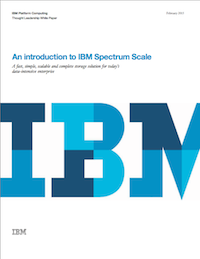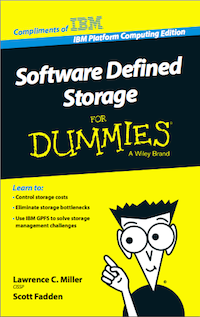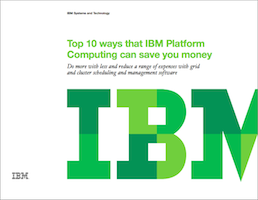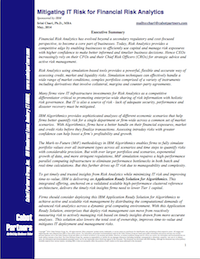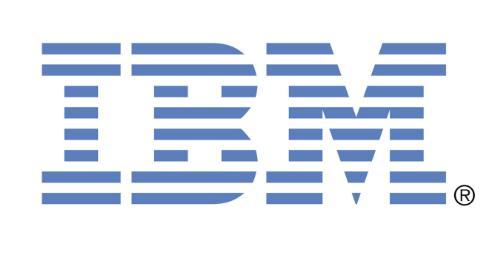Big data isn’t about technology; it’s about business outcomes and performance. Therefore, it’s essential that you have a reasonable assurance that your business needs and demands will be met— before investing your first dime. The logical starting point for any new initiative should stem from a set of business needs, questions or opportunities that have measurable results, such as improved customer satisfaction, increased profit margins or faster decision making.
IBM Spectrum Scale Introduction
This paper outlines the features available today in Spectrum Scale that organizations can use to manage file data. This functionality includes core Spectrum Scale concepts such as striped data storage, cluster configuration options such as direct storage access and network-based block I/O, storage automation technologies such as information lifecycle management (ILM) tools, and more.
Software Defined Storage for Dummies
Software defined storage is a relatively new concept in the computing and storage industry and can refer to many different technologies and implementations. Software defined storage is part of a larger industry trend that includes software defined networking (SDN) and software defined data centers (SDDC). This chapter explains exactly what software defined storage is.
Platform Computing of IBM
IBM® Platform ComputingTM cluster, grid and high-performance computing (HPC) cloud management software can help transform your environment to deliver results better, faster and at less expense. IBM Platform Computing products are designed to save money by making an organization’s existing infrastructure work better.
Mitigating IT Risk for Financial Risk Analytics
Financial Risk Analytics has evolved beyond a secondary regulatory and cost-focused perspective, to become a core part of businesses. Today, Risk Analytics provides a competitive edge by enabling businesses to efficiently use capital and manage risk exposures with higher confidence to make better informed and timelier business decisions. Hence CEOs increasingly rely on their CFOs and their Chief Risk Officers (CROs) for strategic advice and active risk management.
Learning to Define – Software Defined Storage
Let’s start the conversation here: If you work with big data in the cloud or deal with structured and unstructured data for analytics, you need software defined storage.
Optimizing Life Sciences – Deploying IBM Platform Computing
In your world – numbers and data can save lives. Minutes and seconds absolutely matter. Whether engaged in genome sequencing, drug design, product analysis or risk management, life sciences research teams need high-performance technical environments with the ability to process massive amounts of data and support increasingly sophisticated simulations and analyses.
10 Ways IBM Platform Computing Saves You Money
IBM Platform Computing products can save an organizations money by reducing a variety of direct costs associated with grid and cluster computing. Your organization can slow the rate of infrastructure growth and reduce the costs of management, support, personnel and training—while also avoiding hidden or unexpected costs.
Elastic Storage – The power of flash, software defined storage and data analytics
The rapid, accelerating growth of data, transactions, and digitally aware devices is straining today’s IT infrastructure. At the same time, storage costs are increasing and user expectations and cost pressures are rising. This staggering growth of data has led to the need for high-performance streaming, data access, and collaborative data sharing. So – how can elastic storage help?
Enterprise Risk Management
Most firms understand that robust enterprise risk management (ERM) will not only improve risk management; it will also help them to measure risk more accurately and develop a more sustainable business model. However, while simple in theory, ERM can sometime be difficult in practice.


